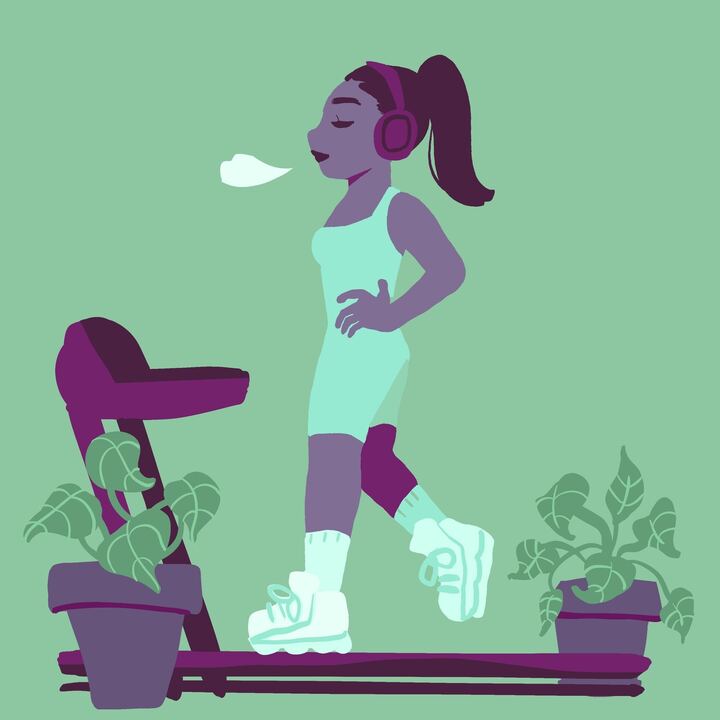
My very first college course was at 9 a.m. on a Wednesday. It was a huge lecture section, and the professor took attendance by passing the roster around the room for signatures.
I vividly remember the student next to me flipping the pages, finding a name and proceeding to cross it out and write a new one before signing. I watched my classmate do this for more than a week before, one day, the roster that was passed around included the right name.
The class was LGBTQ Studies, and I assume one of the teaching assistants finally noticed the problem. I spent years wondering how that student was forced to handle similar situations in other courses — economics, biology, French.
That question got a lot easier to answer at the beginning of this semester.
The UA instituted new guidelines for chosen or preferred names this January. Now, students who wish to be known by something other than their legal name on their CatCard, in the phonebook, through their CatMail, on their diploma and on UAccess and D2L can make the change, privately and online, in just a few minutes. They can also pick and choose among those options in the way that makes them feel most safe.
For those of us who are, more or less, comfortable with our given names, a policy like this can seem trivial. But for transgender and gender-nonconforming students, this is about more than preferring Beth to Liz.
Transgender and gender-nonconforming people are extremely vulnerable — they are four times as likely to be homeless, 31 percent have been abused or harassed by a classroom teacher, over 50 percent will experience sexual violence during their lives and some reports estimate that as many as 38 percent have been victimized by law enforcement. The wrong name on a roster can accidentally “out” a student and make them feel uncomfortable and create an unsafe learning environment. The wrong name on a photo ID like the CatCard can expose students to violence and harassment. In this way, names really do matter.
Transgender and gender-nonconforming folks are also at an elevated suicide risk — a comprehensive 2011 survey of 6,450 transgender participants found that 41 percent had attempted suicide, compared to the national average of 1.6 percent. According to recent research done by the Frances McClelland Institute for Children, Youth and Families here on campus, “The greater number of contexts in which transgender youth can use their preferred name, the less depression and … the safer they feel at school.”
If the ability to change one’s name online is trivial to the rest of us, there’s no real reason to disallow it. And if that policy change can make even one student’s university experience a little bit better, there’s every reason to make it happen.
The new preferred name policy is a common-sense way of saving lives and making sure all students feel safe and welcome on campus, and the UA should be commended for taking this step. I wish the policy had come sooner — NAU has had its preferred name policy since at least last year, and some public universities had simple, online methods of changing names as early as 2009 — but late is always better than never. So kudos to the administration and to the many student and faculty activists who have been advocating for this policy over the past several years.
I still see that freshman-year classmate on campus from time to time, and I think of them when I say that I know at least one person whose life just got a lot easier.
_______________
Jacquelyn Oesterblad is opinions editor. Follow her on Twitter.








